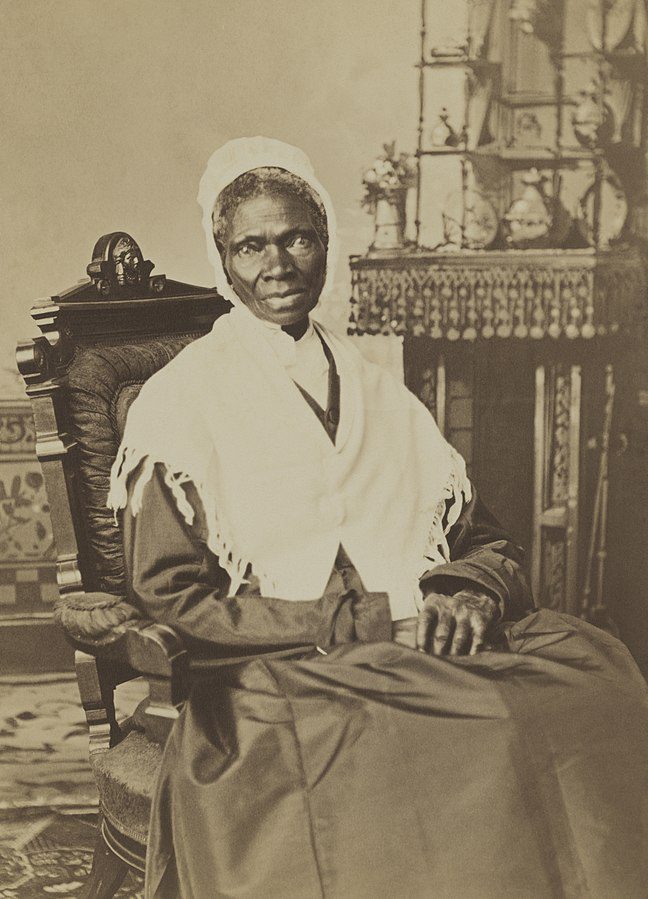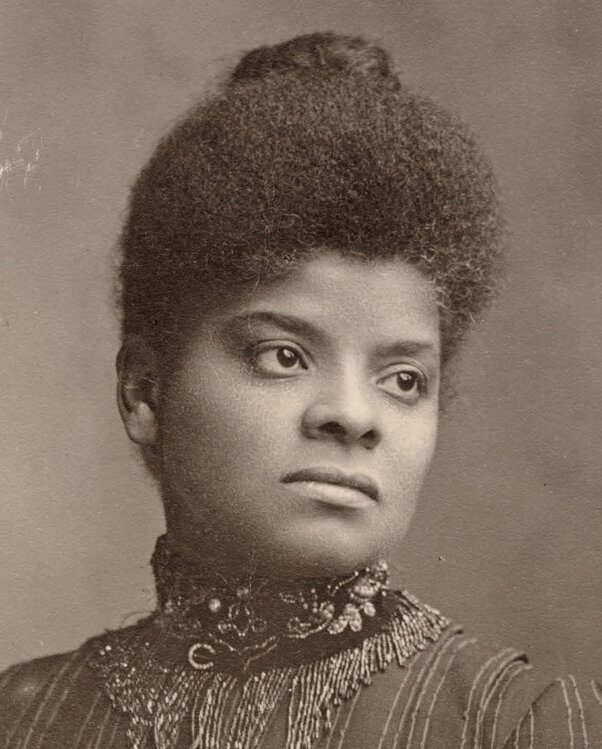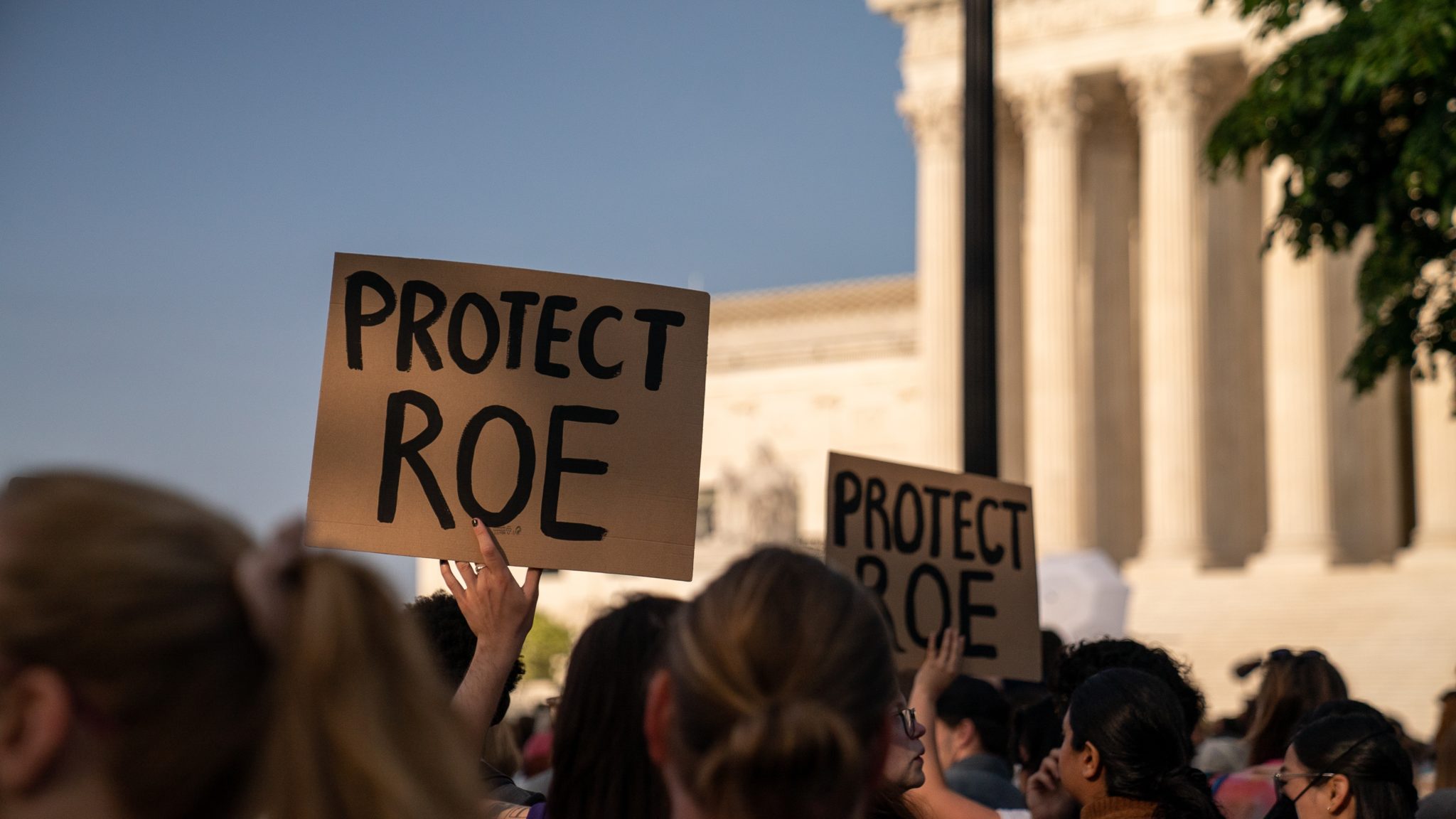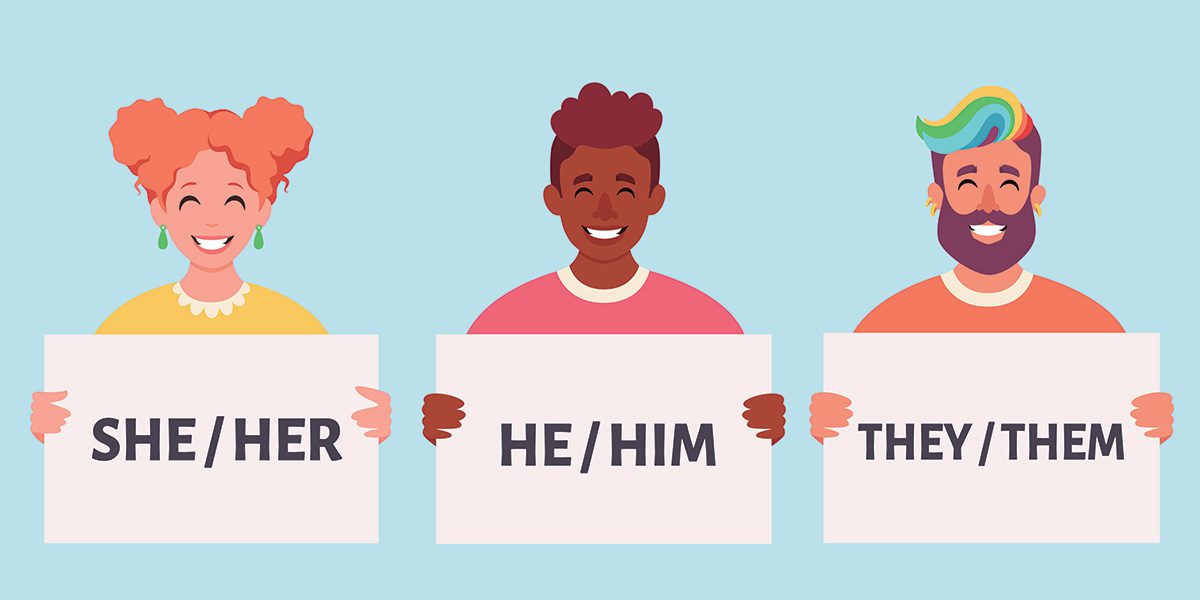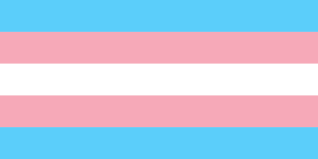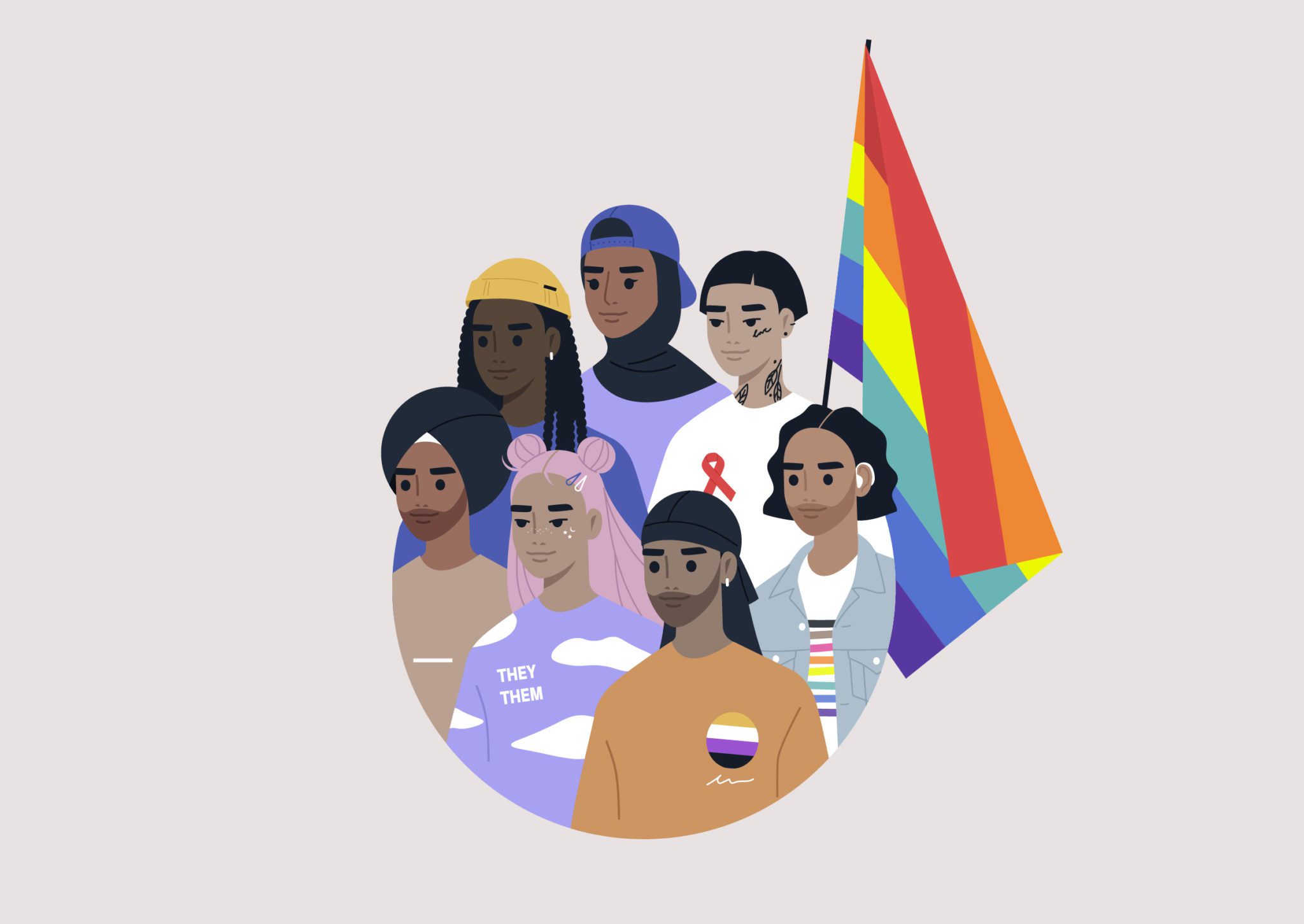
By Leo Segovia, Gender Justice Advisor
Gender refers to what society considers as characteristics of girls, boys, women, and men. When you think about U.S. culture, how would you describe what this looks like and where it started?
Some may see men as providers, strong, and logical. Others may see women as caregivers, emotional, and sensitive. Some say we’ve moved on as a society from these outdated stereotypes. However, studies continue to show different outcomes economically and socially based on gender identity. For example, a recent study found that more than half of women in a couple with a man are responsible for most or all housework compared to 28 percent of women in same gender couples.
When we think about a person’s race, the effects of gender discrimination are even more complicated. Our history in the U.S includes a long legacy of white supremacy. From the use of chattel slavery to xenophobic immigration laws, to the colonization of the Americas and the enormous violence directed toward its Indigenous people. We easily see the impacts of sexism and racism in economic outcomes for women and LGBTQ+ communities of color. For example, a recent analysis found that Black women in the U.S. working full-time make 64 cents for every dollar made by a white man in the U.S. This study also shows the contradiction in our understanding of gender stereotypes when considering race – most Black mothers are the bread winners in their family structures, creating a crucial reliance on their earnings.
In our fight for racial equity, it’s important that we understand how gender bias and gendered violence have worked throughout history to uphold and reinforce racism and white supremacy in our society. Using a gender justice lens can give a deeper understanding of the oppression faced by Black, Indigenous, and people of color communities. Early pioneers for civil rights understood the connection between gender and racial oppression and the importance of addressing both for the freedom of all people affected by white supremacy in the U.S.
The Quarequa Massacre

One of the earliest documented accounts of violence towards Indigenous communities in the Americas took place in the year 1513 in present day Panama. Vasco Nuñez De Balboa was a Spanish conqueror and governor of the first permanent European settlement in the region. On a journey through Panama to reach the Pacific Ocean, he and his group came across an Indigenous community in the region of Quarequa. The Spanish considered a large population of this community’s gender expressions offensive. Disgusted by their gender variance, Nuñez massacred the village and ordered Spanish dogs to attack and kill around 40 people of Quarequa described as being “dressed as women.”
In this time in history, Western Europeans linked gender norms to their moral and legal systems. They used this to justify violence towards this Indigenous community. The Indigenous people had a different understanding of gender. The Spanish saw them as immoral, not just because they saw them as cross dressers, but because they thought the community was also in same gender relationships for having male partners. The Spanish thought this was unnatural and criminalized the community for sodomy.
Gender norms are not just the clothes people wear or the jobs they perform. Gender norms influence our government, understanding of family, and intimate relationships.
Federal Assimilationist Policies in the U.S.
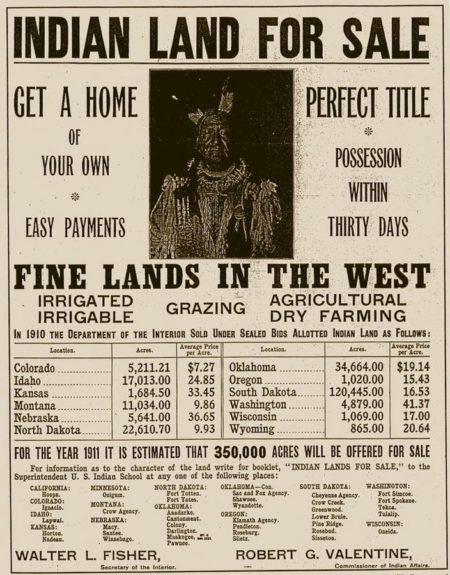
Compared to western European cultures, many North American tribes had a broad understanding of gender identity and gender roles. In many North American tribes, women held positions of power in tribal governance as well as within their family units. People that we would describe as transgender or 2 spirit often held respected positions within their communities as well, such as healers and spiritual leaders.
The United States passed laws during the late 19th and early 20th centuries meant to assimilate Indigenous people into a Eurocentric American culture. We could view these policies as a strategy for the government to force European gender norms on a richly diverse population of Indigenous people.
One such policy was the Dawes Act of 1887. This policy let the U.S. take tribal land away from Indigenous people and redistribute them in the western United States. They used this effort to move Indigenous people to farming and agriculture. They broke up sovereign land into small plots to resell to tribal members. The U.S. granted citizenship to any Indigenous families who agreed to their terms. Because of the Dawes Act, the U.S. confiscated over 90 million acres of tribal land and sold it to non-native U.S. citizens.
If we use a gender equity lens, we see the Dawes Act went beyond railroading existing treaties and forcing tribes into an agricultural economy. It also forced Indigenous people to follow the family ideal the U.S. approved of, or a “nuclear family” that had a father, mother, and children. If they did not follow it, they would not have access to rights or political power. For many, this put their identity and culture at risk, especially for tribes whose families included people beyond immediate family. The Dawes Act also made men head of their households, which damaged the family structures and social relations of women-led tribes even more.
Early Civil Rights Pioneers for Gender Equity and Racial Justice
Congress passed the 19th amendment into law in 1920 giving women the right to vote in the United States. However, the law didn’t apply equally to all women. It wasn’t until the Voting Rights Act of 1965 that Black women were able to freely vote because of Jim Crow laws.
We often associate the movement for women’s right to vote, or “suffrage movement,” with white women like Susan B. Anthony. However, many Black women like Sojourner Truth and Ida B. Wells took part in the fight against both sexism and racism. They knew the connection between the two and the oppression this caused to Black and brown people in the U.S.
Sojourner Truth
Before the Civil War, enslaved women experienced extreme violence and oppression.
Sojourner Truth was a Black woman born into slavery in 1797 in New York. She was an early fighter for gender equity and the movement to end slavery. Originally named Isabella Baumfree, she successfully escaped, leading to a life of activism.
Sojourner, which means “traveler,” preached around the country for equality and justice. Over the years she became a leader who spoke out for the end of slavery and for gender equality. She gave her most famous “ain’t I a woman” speech at the Ohio Women’s Rights Convention in 1851. She laid out the different and unequal expectations placed on women by men, and specifically those placed on Black women. Truth believed it was critical to include Black women in both movements – the right to vote for women and the freedom of Black people. This went against the status quo at the time, which ranked Black men’s equality to white men as more important and did not allow any women to vote at all.
Ida B. Wells
Ida B. Wells was also born into slavery in Mississippi, in 1862. She was a suffragist, a determined writer who focused on investigative journalism, and a vocal proponent for anti-lynching laws. Her activism began in 1884 when she refused to give up her train car seat and won a lawsuit against the train company for discrimination.
When she came up against racism in the women’s suffrage movement, Wells went on to found and co-found civil rights organizations, including the National Association for the Advancement of Colored People (NAACP) and the National Association of Colored Women (NACW).
Today, women of color in Black and brown communities still face more barriers to voting. From voting restrictions to partisan gerrymandering, communities of color are the most affected by laws that make it harder to vote in our country.
In our society, there is a strong link between racism, sexism, homophobia, and transphobia. At the Seattle Office for Civil Rights, we believe gender justice means fighting for both gender and racial equity. All people, regardless of their gender identity, expression, or sexual orientation, should live full healthy lives. For everyone who commits to racial equity, a gender justice lens makes our efforts stronger and allows us to address injustice and ensure all people have access to their own power.
